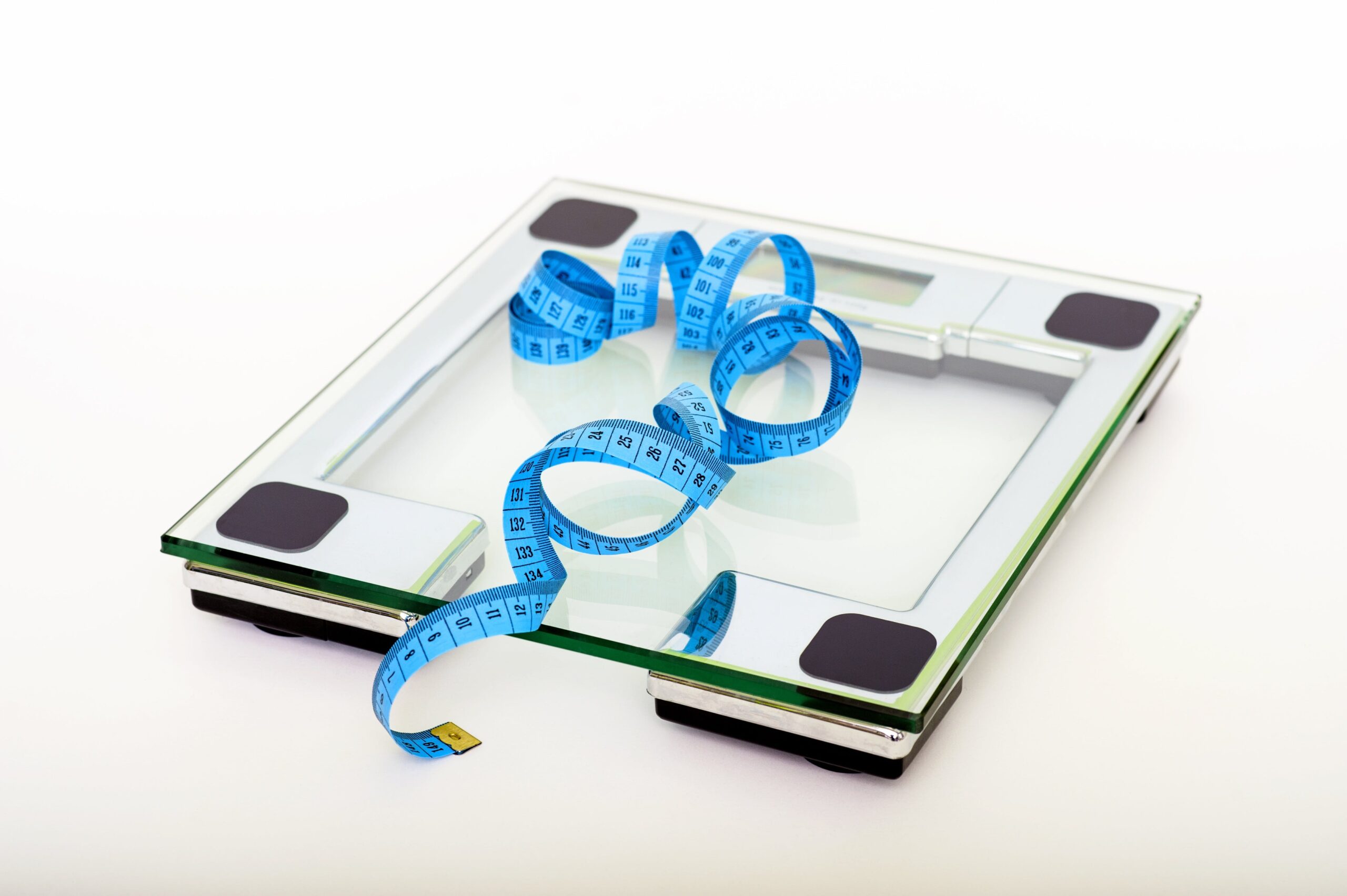I know there are many people out there facing the same situation I did when seeking the best diet to achieve their weight loss goals. The overwhelming abundance of diet recommendations can make the process confusing, especially in our time-strapped lives. In today’s fast-paced world, diet trends seem to come and go at lightning speed, from the ketogenic diet to intermittent fasting, plant-based eating, and more. While losing weight is a straightforward yet challenging process, it’s crucial to cut through the noise and find the most sustainable approach.
Understanding Diet Trends:
Diet trends gain popularity for various reasons. Some promise rapid weight loss, while others focus on overall well-being, disease prevention, or ethical considerations. Let’s take a closer look at some recent diet trends and their key principles:
- Ketogenic Diet: Fueling Your Body with Fat
The ketogenic diet is known for its low-carb, high-fat approach. It encourages the body to enter ketosis, burning fat for fuel instead of carbohydrates. This diet is favored for weight loss and improved blood sugar control, but its long-term effects are still under study. - Intermittent Fasting: Timing is Everything
Intermittent fasting doesn’t dictate what you eat but when you eat. It involves cycles of fasting and eating, controlling calorie intake and promoting weight loss. Its flexibility makes it a popular choice. - Plant-Based Diet: Nourishing Your Body and the Planet
A plant-based diet focuses on whole plant-derived foods, which can be vegan or vegetarian. It emphasizes fruits, vegetables, nuts, seeds, and grains, promoting heart health, weight management, and sustainability. Proper nutrient intake may require careful planning. - Paleo Diet: Eating Like Our Ancestors
The paleo diet encourages consuming foods our ancestors ate, such as lean meats, fish, fruits, and vegetables, while avoiding processed foods, grains, and dairy. It’s praised for its simplicity and potential benefits in weight management and inflammation reduction. - Mediterranean Diet: Savoring Flavorful, Healthy Eating
The Mediterranean diet is inspired by the eating habits of Mediterranean countries, emphasizing fruits, vegetables, whole grains, and healthy fats like olive oil. It’s known for heart-healthy benefits and long-term sustainability. In an article from the National Institute of Health, evidence shows that programs promoting Mediterranean and low-fat diets, with or without physical activity, reduce chances of death and non-fatal heart attacks in patients with increased cardiovascular risk. Mediterranean programs are also likely to reduce stroke risk.
All five of these diets have their benefits and drawbacks. The key to weight loss isn’t tied to any specific diet. Weight loss is far simpler than some diets make it seem. The truth is, none of these diets will work unless you consume fewer calories than you burn.
Calories In vs. Calories Out
Weight loss is as simple as calories in vs. calories out. If you eat fewer calories than you burn over time, you will lose weight. It’s that simple. To get started, multiply your weight in pounds by 12. This gives you your approximate Basal Metabolic Rate (BMR), which represents the calories your body needs daily to function.
Once you have your BMR aim to consume 400-600 calories per day less than that number. I recommend using goals that are small and attainable. By keeping the goals small it keeps you motivated to continue. If you are 200 lbs and your goal weight is 160 lbs don’t make your goal 160 lbs right away. Start at 190 lbs, once you conquer that goal, shoot for 180 lbs and keep that up until you hit your goal!
Let’s consider an example for a sedentary 200 lb person: 200 lbs x 12 = 2,400 calorie BMR
If you only consume 1,800 calories per day at the end of the week you would be in a 4,200-calorie deficit.
A 3,500 calorie deficit results in one pound of fat loss. At the end of week one even with no exercise you would have lost over 1 lb. As your weight drops, recalculate your BMR to adapt to your new weight. Your body continually adapts to changes in weight, so adjust your calorie intake accordingly.
Tracking calories consumed is half the equation. Tracking calories burned is also important. Since BMR is simply the calories necessary to maintain our body functions, everything else we do is an added calorie burn also known as Non-Exercise Activity Thermogenesis or NEAT.
NEAT is the second highest calorie consuming part of our day behind our BMR. NEAT is extremely important for that reason and is why the 10,000 step goal has become so prevalent today. To track calories as well as steps accurately I recommend getting a device that can help you stay on track.
Popular Fitness Trackers
Apple Watch Series 7:
Features: The Apple Watch Series 7 is known for its sleek design and comprehensive health and fitness tracking capabilities. It includes features such as heart rate monitoring, ECG (electrocardiogram) functionality, blood oxygen level measurement, sleep tracking, and built-in GPS. It is also water-resistant, making it suitable for tracking swimming workouts. The watch integrates with the Apple Health app, providing users with a centralized hub for their health data.
Fitbit Charge 6:
Features: The Fitbit Charge 6 is a fitness tracker with a focus on health and wellness. It offers features like continuous heart rate monitoring, sleep tracking, stress management, and built-in GPS. The device also provides insights into your daily activity, tracks workouts, and offers a variety of exercise modes. Fitbit’s app allows users to set goals, track progress, and compete with friends, fostering a sense of community and motivation.
Garmin Venu 2:
Features: The Garmin Venu 2 is a multisport GPS smartwatch that combines fitness tracking with smartwatch functionality. It includes features like advanced sleep tracking, heart rate monitoring, pulse oximeter, and a variety of preloaded workout modes. The watch also supports on-screen animated workouts, making it a useful tool for both beginners and seasoned athletes. Garmin’s reputation for GPS accuracy is a notable advantage for outdoor activities like running or cycling.
Samsung Galaxy Watch 4:
Features: The Samsung Galaxy Watch 4 runs on the Wear OS platform and offers a range of fitness and health tracking features. It includes heart rate monitoring, blood oxygen measurement, sleep tracking, and built-in GPS. The watch supports a variety of workout modes and can automatically detect certain activities. It also integrates with Samsung Health and other third-party fitness apps.
To track calories consumed accurately, consider using apps or a food journal.
Focus on Protein
Of the three macronutrients—protein, carbs, and fats—protein is the most vital when it comes to weight loss.
Protein: Aim for at least ¾ to 1 gram of protein per pound of body weight. Lean proteins like chicken, fish, and eggs are great choices because they keep you full and have a high thermic effect, meaning your body expends more energy digesting protein than other macros. Protein also plays a critical role in body functions and muscle maintenance. While protein is essential, don’t shy away from consuming carbs and fats.
Fats: Fats are essential for hormone production, cell function, and nutrient absorption. However, be mindful of their calorie density. Each gram of fat contains 9 calories, compared to 4 calories per gram in protein and carbs. Even healthy fats, like those in olive oil and avocados, should be consumed in moderation when weight loss is the goal.
Carbs: Carbs provide energy and play a valuable role in your diet. When choosing carbs, opt for fruits, vegetables, and other fiber-rich, non-processed foods. Both carbs and fats have their place in a balanced diet.
Conclusion
Finding the Right Diet for You: Any diet should align with your specific health goals, preferences, and lifestyle. To find the right fit:
- Consult a healthcare professional to assess your unique needs.
- Prioritize long-term commitment, as sustainable choices lead to better results.
- Experiment and adjust, as what works for someone else may not be ideal for you.
Remember, the key to success is in making healthy, long-term changes to your eating habits. Prioritize balanced nutrition and consult with a healthcare provider before making significant dietary changes. In the end, the “best” diet is one that helps you achieve your health and wellness goals while fitting seamlessly into your daily life.
In the world of diet trends and weight loss, it’s crucial to see beyond the fads and focus on the fundamentals. Weight loss is about maintaining a calorie deficit, and your diet should be sustainable and suited to your unique needs and lifestyle. Don’t get lost in the diet trend maze; keep it simple and effective with a well-balanced approach that works for you.
This post contains affiliate links.
Read my affiliate policy.
Sources:
Karam G, Agarwal A, Sadeghirad B, Jalink M, Hitchcock CL, Ge L, Kiflen R, Ahmed W, Zea AM, Milenkovic J, Chedrawe MA, Rabassa M, El Dib R, Goldenberg JZ, Guyatt GH, Boyce E, Johnston BC. Comparison of seven popular structured dietary programmes and risk of mortality and major cardiovascular events in patients at increased cardiovascular risk: systematic review and network meta-analysis. BMJ. 2023 Mar 29;380:e072003. doi: 10.1136/bmj-2022-072003. PMID: 36990505; PMCID: PMC10053756.






